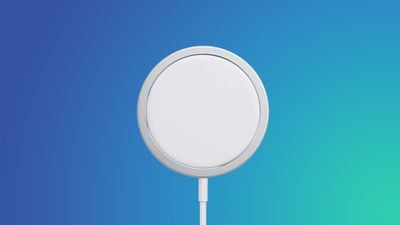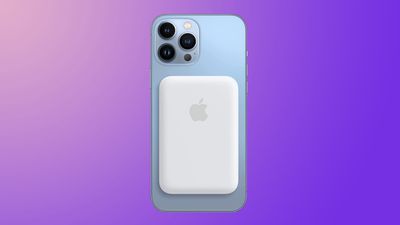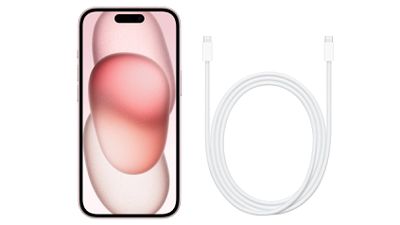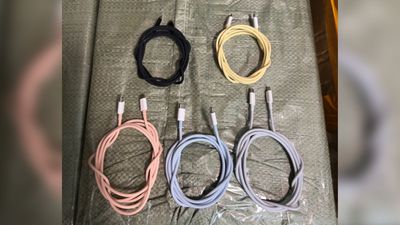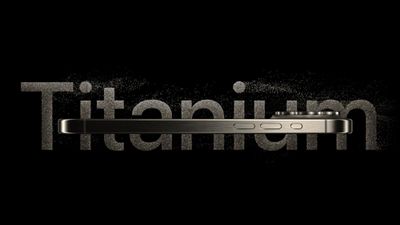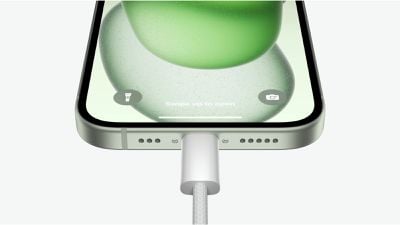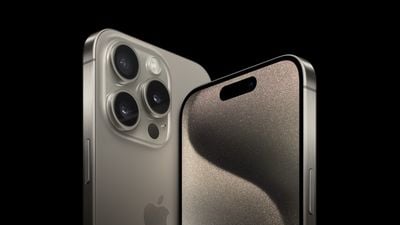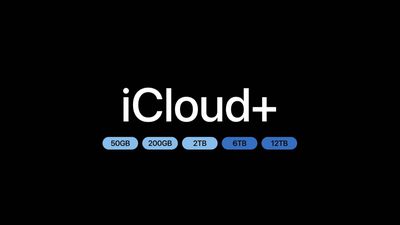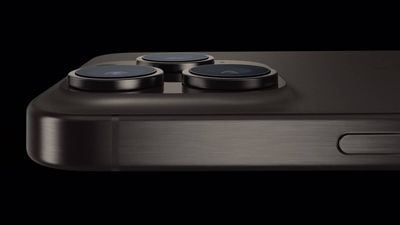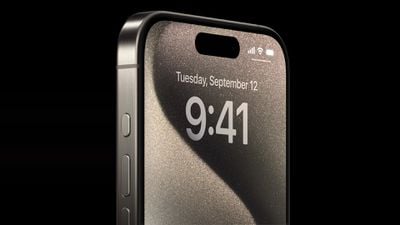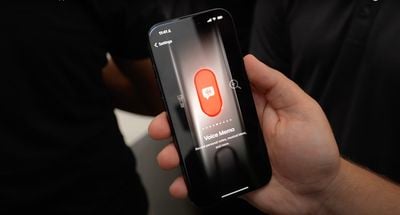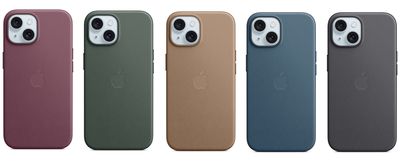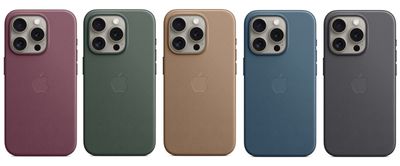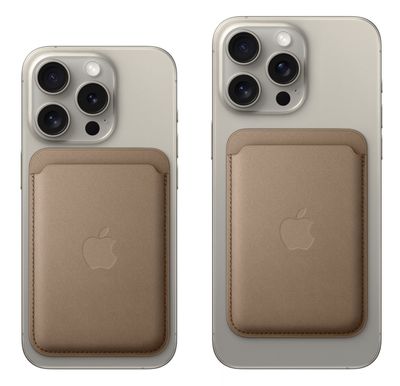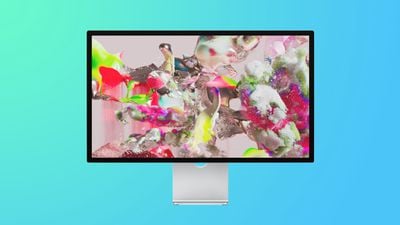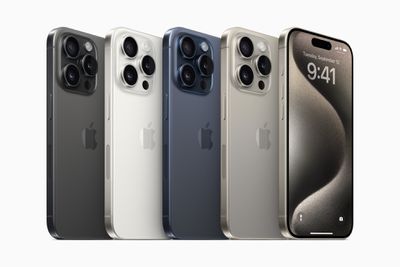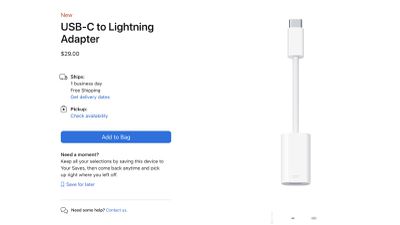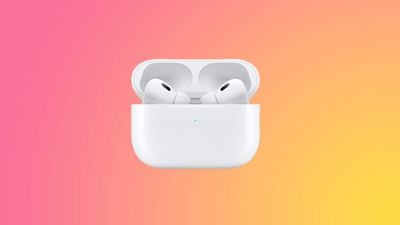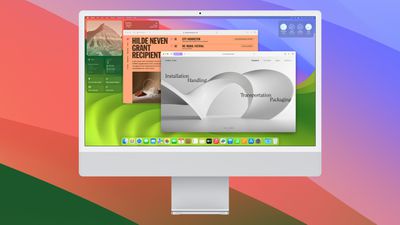During Apple's "Wonderlust" event today the company unveiled new models of the Apple Watch and iPhone, and as is customary, we're also getting a fresh batch of accessories to match the new hardware. We've already covered all of the iPhone cases that debuted today, and this article will focus on Apple Watch bands.
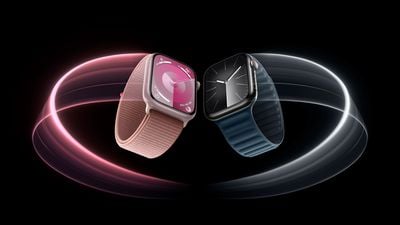
Starting with the Sport Loop ($49.00), the new 2023 colors include Cypress, Winter Blue, Midnight, Starlight, and Light Pink.
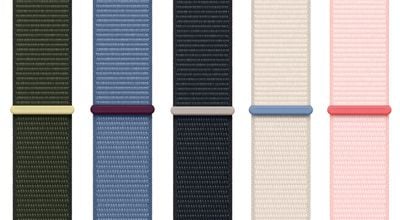
Sport Band ($49.00) colors include Winter Blue, Mulberry, Storm Blue, Clay, and Light Pink.
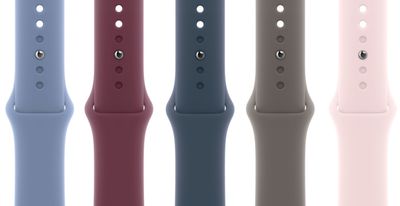
Apple's new FineWoven material comes in two options for Apple Watch bands: Magnetic Link and Modern Buckle. You can get the Magnetic Link ($99.00) in Taupe, Evergreen, and Pacific Blue; Modern Buckle ($149.00) is available in Mulberry, Tan, and Lavender Blue.
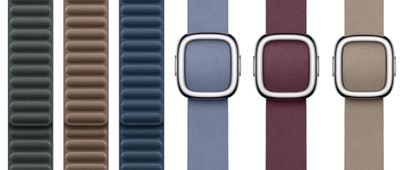
For Apple Watch Ultra band options, there's the Alpine Loop ($99.00) in Indigo, Blue, and Olive; the Trail Loop ($99.00) in Blue/Black, Green/Gray, and Orange/Beige; and the Ocean Band ($99.00) in Blue and Orange.
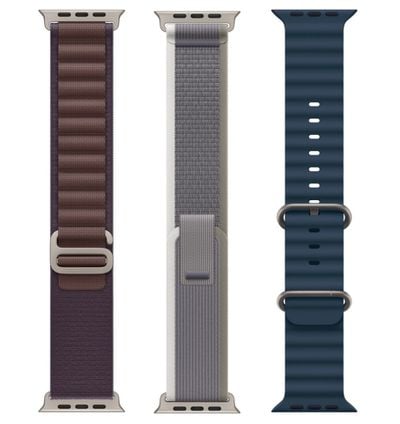
Moving to the Nike band options, you can get the Nike Sport Loop ($49.00) in Game Royal/Orange, Starlight/Pink, Sequoia/Orange, Black/Blue, and Bright Green/Blue.
The Nike Sport Band ($49.00) is available in Blue Flame, Desert Stone, Magic Ember, Midnight Sky, Cargo Khaki, and Pure Platinum.

New Solo Loop ($49.00) colors include Cypress, Orange Sorbet, Winter Blue, and Light Pink.
New Braided Solo Loop ($99.00) colors include Storm Blue, Guava, Beige, and Clay.
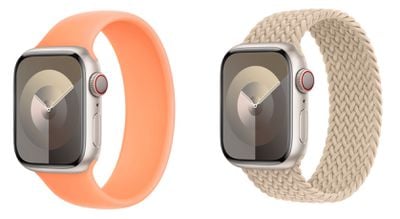
Last are all of the new Hermès bands Apple debuted today, including the Single Tour ($349.00) in Gold/Ecru, Vert/Noir, and Denim/Noir.
The Twill Jump Single Tour ($349.00) is available in Orange/Rose Mexico, Noir/Gold, Navy/Rouge, and Orange/Kaki.
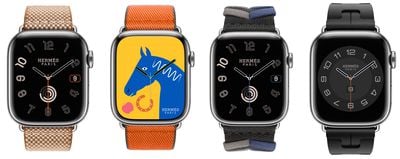
The Bridon Single Tour ($349.00) is available in Rouge, Navy, Kaki, and Noir.
The last Hermès band is the Kilim Single Tour ($349.00) in Rouge, Orange, Navy, Kaki, and Noir.
We're still covering news out of today's event, so be sure to check out all of our posts including those for the Apple Watch Series 9, Apple Watch Ultra 2, and iPhone 15 Pro.


